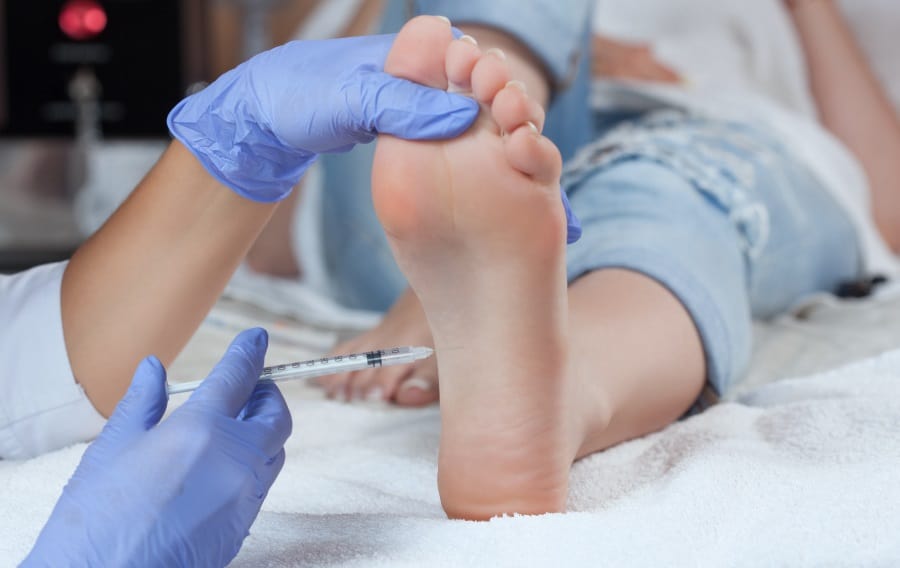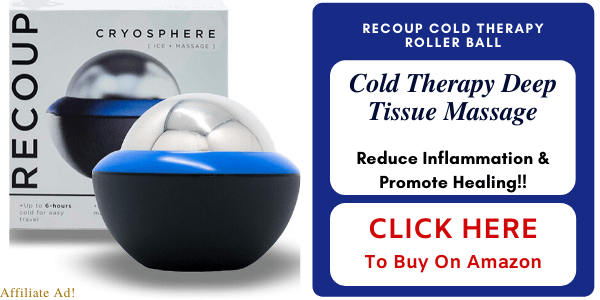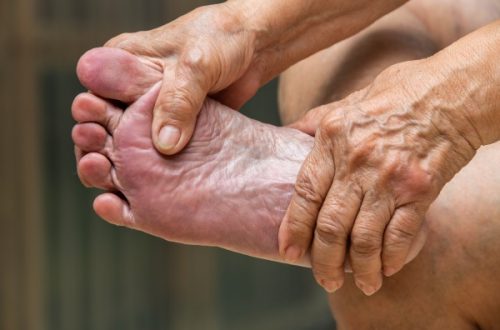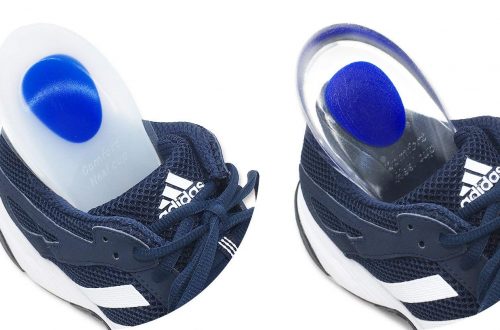During your plantar fasciitis recovery, you may hear about, or be recommended, a corticosteroid injection, also known as a cortisone injection. Although there are benefits associated with having this injection, it is not totally risk free.
So should you get a Cortisone Injection?
Corticosteroid / Cortisone Injections are sometimes given to help with the recovery of Plantar Fasciitis. The injections may provide some temporary pain and anti-infalmmatory relief, but they are not a cure. There are certain risks that need to be considered before agreeing to the procedure.
We will now look further into the potential benefits and risks associated with having a cortisone injection, and why you may be offered the procedure.
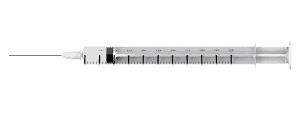
What is a Cortisone Injection?
A cortisone injection AKA corticosteroid injection is an anti-inflammatory substance that is injected directly into the inflammation site on your body. In the case of Plantar Fasciitis, it would be injected into the base of your foot.
What Does A Cortisone Injection Do?
The anti inflammatory properties within the injection will reduce the inflammation around the injection site, which in turn will likely reduce the pain being felt in the area.
Does The Injection Cure Plantar Fasciitis
No. The injection is merely an anti-inflammatory used to reduce the inflammation within the area and allow recovery therapy to be implemented.
Check out our 5 Minute Recovery Routine for helping cure your plantar fasciitis.
Do Cortisone Injections Hurt?
Generally very little pain is felt when the injection is given.
You may feel an initial sharp pain when the needle is inserted and a little discomfort depending on the location and how deeply the injection is being administered.
In some instances, a numbing spray may be used to reduce the discomfort felt.
How Long Do Cortisone Injections Last?
The benefits felt from the injection will differ from person to person.
The average person will feel the reduction in pain for approximately 3 months.
Do I Only Need One Injection?
Depending on how well you have responded to non-invasive recovery therapy, such as stretching and massage techniques, will depend on whether you will require further injections.
If your recovery is going well and your pain is now manageable with everyday pain relief, there should be no need for further injections.
If you are still in considerable pain, then another cortisone injection may be required.
Are There Risks With Having Corisone Injections?
As with most medications, cortisone injections do carry an element of risk. The more injections that you have, the more likley you are to develop one or more of the following side effects:
- Cortisone Flare
- Further Plantar Fascia Tear or Rupture
- Infection
- Thinning of the Heel Pad
- Lighter Skin Pigmentation
- Facial Flushing
We will now look at these risks in greater detail.
Cortisone Flare
A cortisone flare is a reaction to the cortisone injection and affects approximately 30% of patients.
The flare will usually occur within the first 48 hours of having the injection.
You can treat the flare by icing the affected area and taking Nonsterodal anti-inflammatory medication such as Advil.
The flare should subside within a few days, sometimes hours, however longer pain duration should be reported to your doctor.
If you suffer a cortisone flare, you should mention this to your doctor if another cortisone injection is recommended.
Plantar Fascia Tear or Rupture
Having a cortisone injection can sometimes weaken the plantar fascia tissue leading to a tear or rupture.
For this reason, the injection will usually be administered near to the plantar fascia instead of directly into it to minimise the risk.
Although the risk is relatively uncommon (less than 10%), it cannot be discounted. [source – Podiatry Today]
Infection
Whenever the skin is broken, such as puncturing it with a needle, it allows the opportunity for infection to occur.
To minimise the risk of infection, the injection site will be steralized by your medical practitioner.

Thinning of the Heel Pad
Cortisone can lead to fat atrophy which is the lessening of the fatty tissue within the body.
Patients may feel more discomfort when placing their heel on the ground if the fatty heel pad has been reduced due to fat atrophy.
This is unlikely to occur after just one or two injections as it is usually an effect of high doses of cortisone.
It is something to be aware of if you are recommended several injections or perhaps high dosage injections.
Lighter Skin Pigmentation
Sometimes patients with a darker skin may see a lightening of the skin pigmentation around the injection site. In some cases this can be permanent.
Facial Flushing
Reddening of the face or facial flushing can happen in up to 15% of injection patients, and will usually start within the first few hours after the injection, if it is going to happen
This side effect is more common in women, and although it can be distressing or upsetting, the symptoms do disappear within a few days.

Are Cortisone Injections Expensive?
The cost per injection can vary considerably between medical pratices and usually ranges between $100 – $300.
This may be a wise investment if the injection will bring enough relief for you to actively engage in a recovery therapy program that will allow you to heal.
However, if you feel you will need several injections for an ongoing period, this may turn into quite a high financial commitment.
Are Cortisone Injections Covered By Medical Insurance?
Some cortisone injections can be covered by medical insurance if they are deemed medically necessary.
Also, there have been some cases where plantar fasciitis has become a work related injury and therefore covered by their employers insurance.
You will need to check with your own insurance provider to see what is covered and what is not.
Are There Other Options to Cortisone Injections?
Yes. Some doctors and podiatrists believe that PRP (plasma-rich platelet) injections are more beneficial to plantar fasciitis recovery than cortisone injections.
Shock wave therapy is another alternative to having injections.
This Caring Medical webpage offers a look at alternatives to cortisone.
Conclusion
Cortisone injections definately have their place in Plantar Fasciitis recovery.
Although they are not a cure, they do offer the chance of being pain free enough for you to actively partake in a recovery therapy routine.
Adopting a routine and making sure that you have, or are, addressing the issues that caused your plantar fasciitis is the only way that you will fully recover and remove the need for further injections.
Be aware of the risks associated with the injections, although many are minor, long term use of injections can create other health issues.
If you find that you are not getting better after one or two injections, perhaps it is time to research other methods of recovery or discuss your options with your doctor.
Related Articles
Dry Needling & E-Stimulation For Plantar Fasciits
Five Minute Stretching Routine for Faster Plantar Fasciitis Recovery
